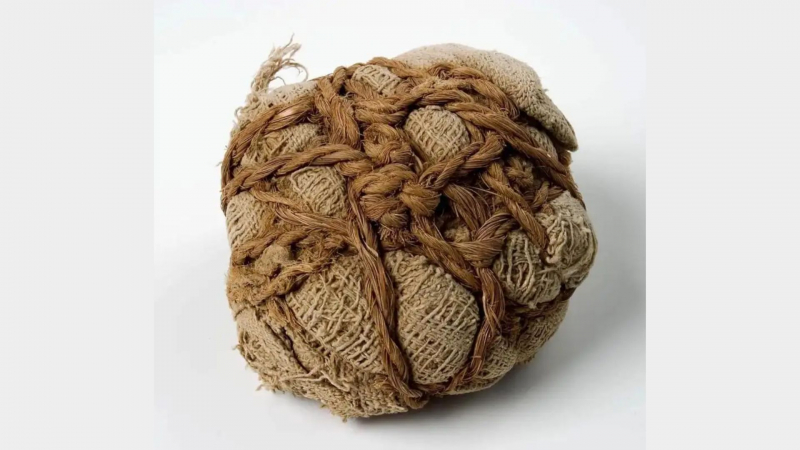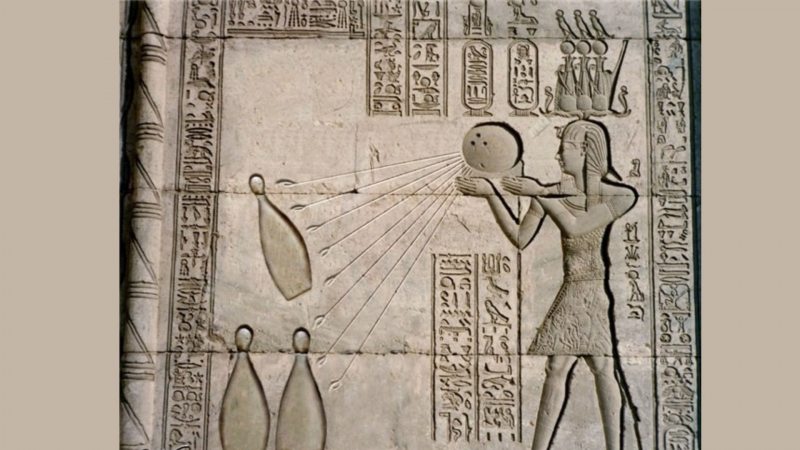Bowling
In the early nineteenth century, British archaeologist William Matthew Flinders Petrie oversaw a number of significant excavations in Egypt, excavating nearly 3000 ancient graves filled with personal goods and items to guard the spirit in the afterlife. Unfortunately, many of these tombs belonged to youngsters, and it was in one of these that Petrie discovered one of his most astonishing finds: a set of skittles. The 5200 BC tomb contains a number of balls and nine stones shaped like vases, according to Petrie. Initially mistaking these for ornaments, archaeologists eventually recognized they had unearthed the oldest traces of bowling, one of the most unexpected ancient Egyptian discoveries.
The ancient game, which is thought to have been somewhat different from the controlled and frequently intensely competitive version played today, reportedly just included hurling a ball at a group of immovable objects at a set distance. It is improbable that they had designated playing areas or "alleys" or that there was a mechanism to ensure the regularity of the pins. The balls could be constructed out of stone or even porcelain, but they were typically formed from corn husks that had been coated in leather and bound with twine. Other ancient civilizations, such as the Romans, later adopted the crude version of bowling that the Egyptians loved, and it eventually evolved into the game that we still play today.

















